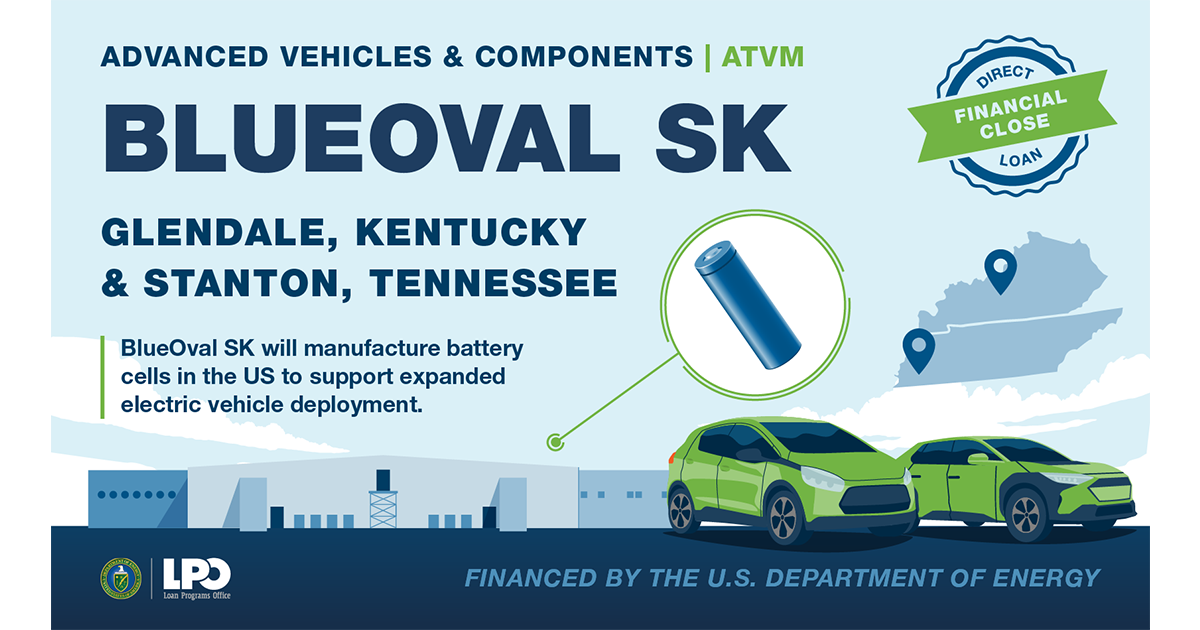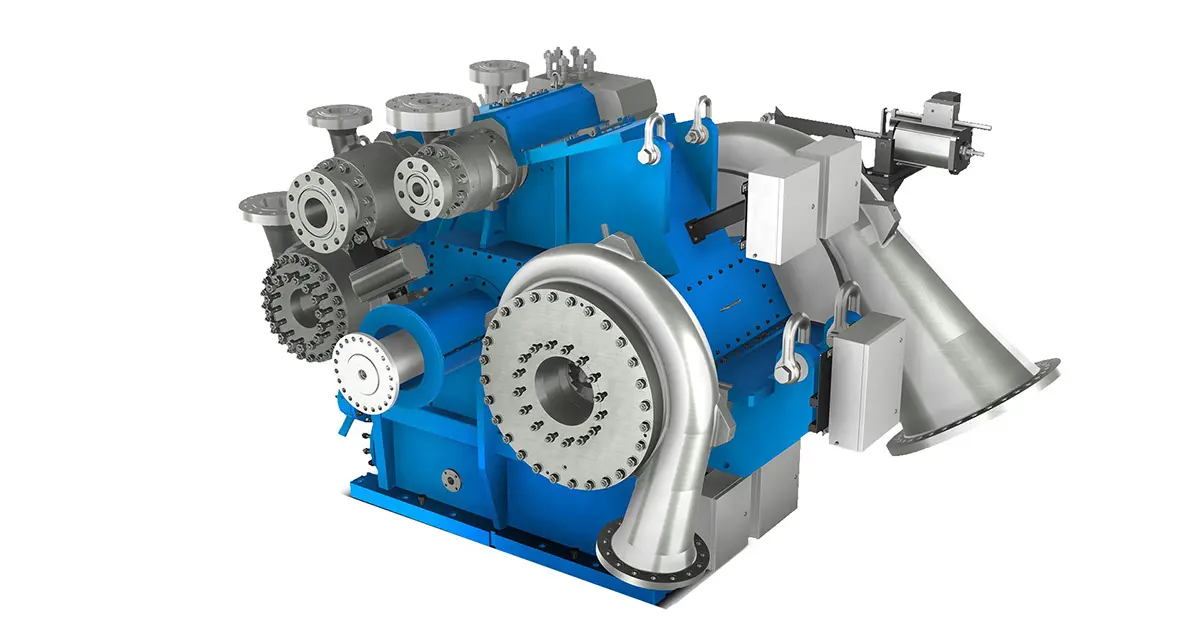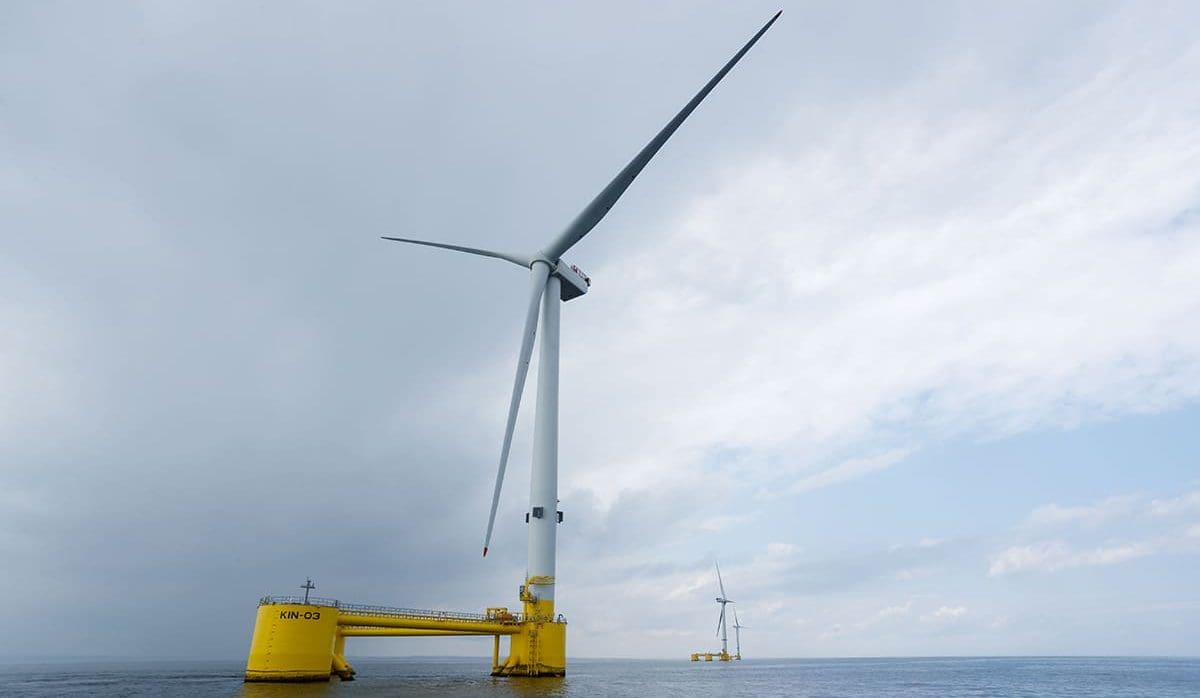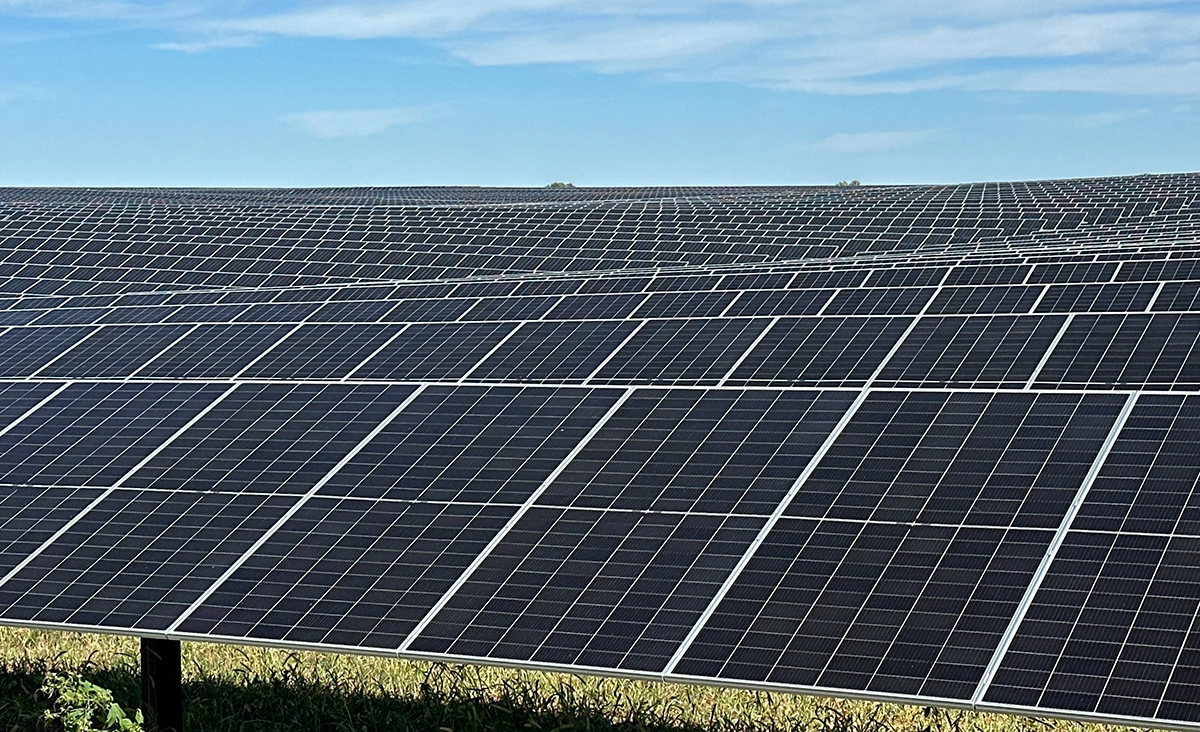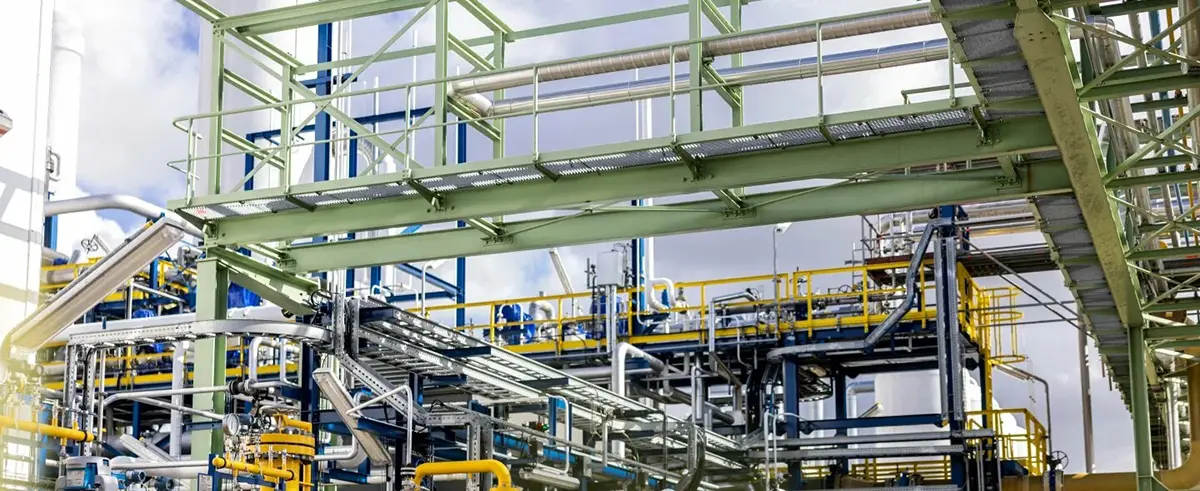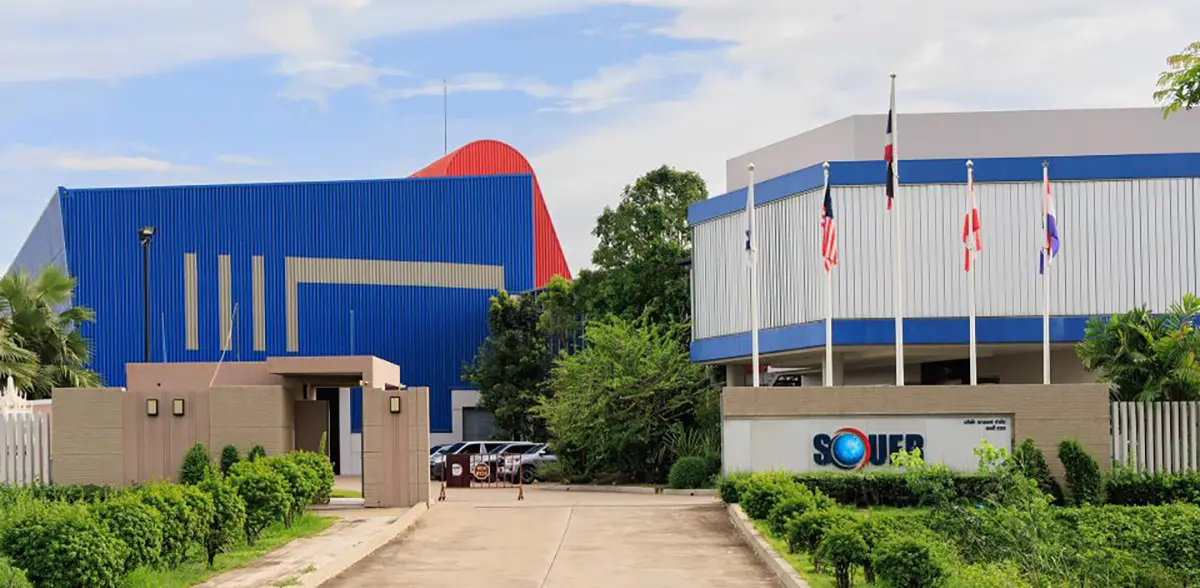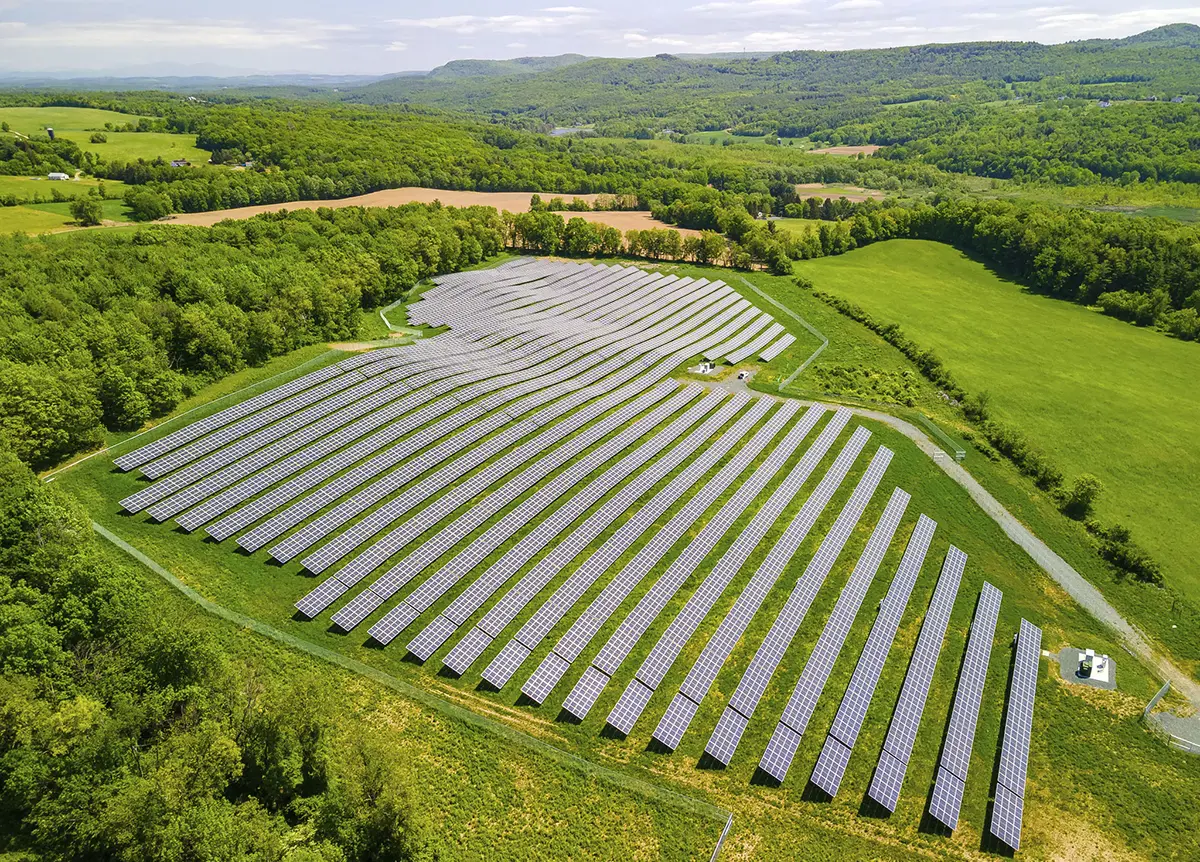
Australia Bets Big On Hydrogen

Australia broke ground on what will be the nation’s largest renewable hydrogen plant when completed in 2025. The Hydrogen Park Murray Valley (HPMV) project will produce 551 tons (500 tonnes) of hydrogen annually using a 10-MW electrolyzer. The electrolyzer will have eight times the capacity of the largest electrolyzer currently operating in Australia. The plan calls for renewable hydrogen produced at HPMV to be injected into the local gas network at blends of up to 10%.
HPMV is the latest project in Australia’s US$200 billion plan to make the Land Down Under a hydrogen superpower. State, territory, and federal governments have worked with industry leaders to finalize Australia’s 2024 National Hydrogen Strategy – a blueprint for Australia’s production, use, and export of hydrogen designed to position itself as global hydrogen leader. This new National Hydrogen Strategy represents an update of the 2019 National Hydrogen Strategy and focusses on accelerating clean hydrogen industry growth through increasing cost competitiveness by supporting industry development at scale.
Among the key components of Australia’s plan are the Hydrogen Production Tax Incentive program and the expanded green Hydrogen HeadStart program. Funded through an US$8 billion allocation made in Australia’s 2024 Federal Budget, these programs are expected to unlock US$50 billion in private sector investment and see Australia’s annual domestic production capacity exceed 1 million tonnes of green hydrogen by 2030.
According to government documents, the Hydrogen Production Tax Incentive will encourage renewable hydrogen production for eligible Australian resident corporations with a time-limited and uncapped refundable tax offset. The incentive will provide a US$2 incentive per kilogram of renewable hydrogen produced for up to 10 years, between July 2027 and June 2040 for projects that reach final investment decisions by 2030. The Hydrogen HeadStart Program is a US$4 billion program that uses a competitive process to select large Australian-based projects. It focuses on projects producing hydrogen from renewable energy, or derivative products – for example ammonia or methanol.
As Australia accelerates investment in its hydrogen economy, others are beginning to pull back. Oil majors have begun to postpone hydrogen projects, citing lack of demand and exorbitant costs.
An October study published by Harvard University researchers found that, due to storage and distribution costs, green hydrogen is a less economically viable option than previously thought — causing some to take a second look. “Even if production costs decrease in line with predictions, storage and distribution costs will prevent hydrogen being cost-competitive in many sectors,” said lead author Roxana Shafiee, a postdoctoral fellow at the Harvard University Center for the Environment. “Our results challenge a growing idea that hydrogen will be the ‘Swiss army knife of decarbonization’ and suggest that the opportunities for hydrogen may be narrower than previously thought.”
Determining the carbon-abatement costs (USD per ton of CO2 abated) of using green hydrogen across different sectors of the US economy, the authors demonstrate the need for continued investment in other decarbonization strategies at earlier stages of development, as well as innovation in hydrogen storage and distribution technologies.
“This does not mean that hydrogen won’t play a role in a low-carbon energy future,” said co-author Daniel Schrag, Sturgis Hooper Professor of Geology and Professor of Public Policy at Harvard. “There are logistical and economic challenges with every possible solution, including biofuels and electrification. But at this early stage of decarbonization, it is important that we invest in a broad range of strategies, and not bet our future on a single approach that remains very, very expensive.”
As the global hydrogen landscape continues to evolve, Australia is betting big on hydrogen’s potential as a clean energy source. If it’s right, Australia will be positioned as the hydrogen heavyweight champion of the world. If it’s wrong, it will take years to catch up. Stay tuned…

